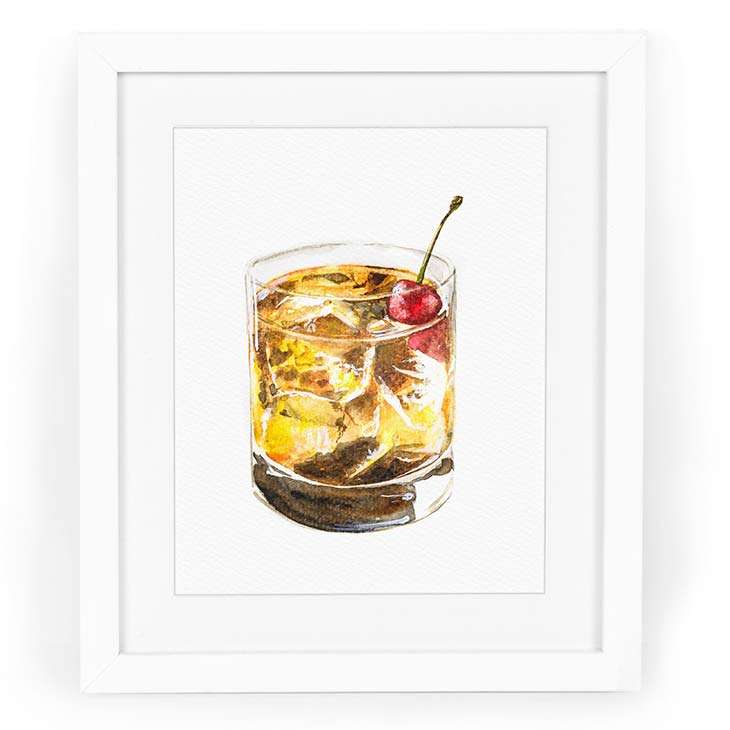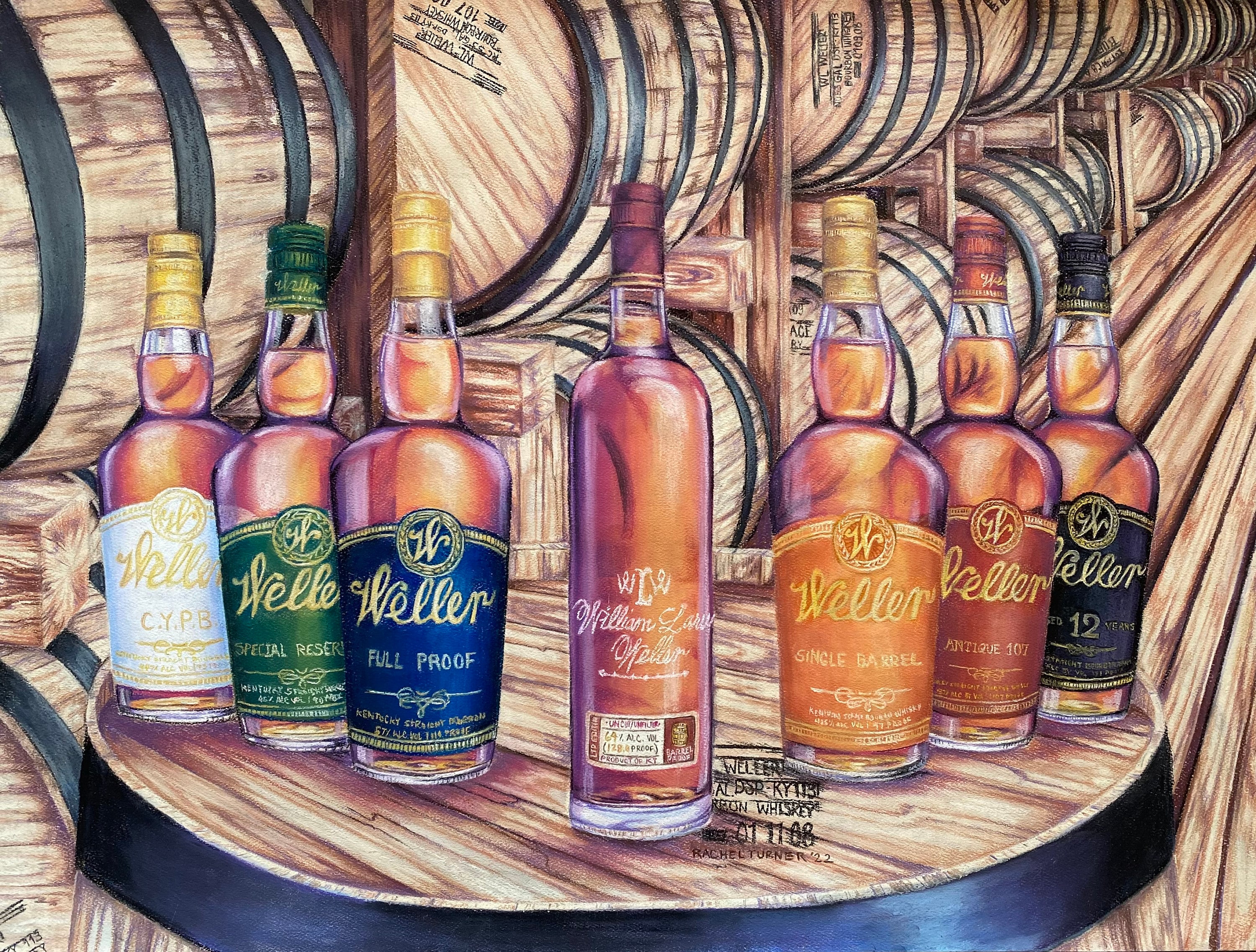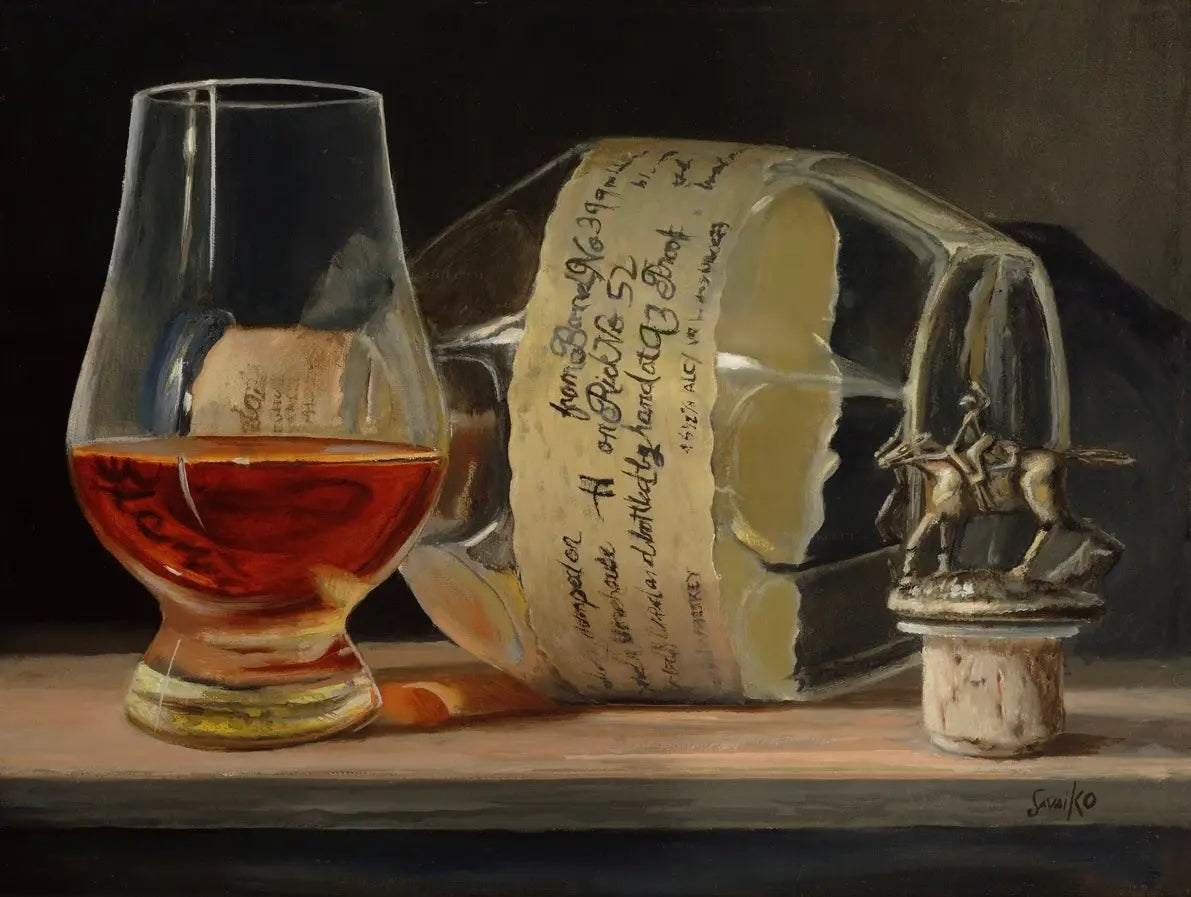Unveiling the Elegance of Bourbon Art: A Homage to Craft Distillers
Unveiling the Elegance of Bourbon Art: A Homage to Craft Distillers
Blog Article
The Relevance of Whiskey Art in Celebrating Heritage and Workmanship in the Beverage Sector
The intricate partnership in between bourbon art and the event of heritage and craftsmanship within the beverage industry can not be overemphasized. Via attentively developed bottles and labels, scotch brands encapsulate their historic roots and the artisanal abilities that specify their manufacturing approaches.
The Historical Origins of Whiskey
At the heart of scotch's allure lies an abundant tapestry of historic roots that trace back to ancient civilizations. The beginnings of bourbon can be linked to the purification methods of the Sumerians and Babylonians around 2000 BCE, where very early kinds of fermented grain beverages started to emerge. It was in the Middle Ages that the art of purification evolved considerably, especially in Ireland and Scotland, leading to the development of scotch as we understand it today.
The term "whiskey" itself derives from the Gaelic word "uisce beatha," meaning "water of life." This expression highlights the social relevance of scotch in Celtic societies, where it was usually connected with routines, parties, and public bonding. By the 15th century, distillation came to be an identified craft within monastic areas, leading the means for the facility of lawful distilleries.
As trade paths expanded, scotch's popularity expanded, going beyond regional boundaries and recording the rate of interest of connoisseurs worldwide. Bourbon Art. This historical trip reflects not just the craftsmanship behind scotch manufacturing however additionally its essential role in cultural and social contexts, marking it as a substantial beverage throughout history
Artistic Expression in Branding
Scotch branding stands as a compelling junction of creativity and business, where aesthetic identity plays an important role in forming consumer assumption. The aesthetic appeals of bourbon labels, packaging, and advertising products mirror not only the brand name's story yet likewise its core worths and heritage. Through imaginative expression, distilleries convey a story that resonates with consumers, stimulating emotions and stimulating links.
The usage of color, typography, and images in branding serves to set apart items in a saturated market. Typical motifs might evoke a feeling of credibility and craftsmanship, while contemporary styles can signify development and forward-thinking. This calculated artistic instructions enhances brand recognition and loyalty, permitting consumers to forge a personal connection with the whiskey they select.
Moreover, imaginative expression in branding usually acts as a party of local heritage. Distilleries often include regional symbols or historical references right into their styles, producing a local color that welcomes consumers to engage in a broader cultural experience. Ultimately, the virtuosity behind scotch branding not just improves visual charm yet also improves the total story of the brand name, fostering a deeper admiration for the craftsmanship and heritage ingrained in each bottle.
Craftsmanship in Container Design
The creativity noticeable in scotch branding prolongs beyond visual identity to include the workmanship included in container style. Each bottle works as a vessel not just for the spirit within, but also for the story it outlines its tradition, quality, and beginning. The layout process calls for meticulous attention to detail, as components such as product, form, and closure contribute considerably to the overall understanding of the whiskey.
Craftsmanship in container design involves picking top notch glass that can improve the whiskey's color and clarity, while likewise giving a responsive experience for the consumer. The silhouette of the container have to be both aesthetically appealing and useful, often mirroring the heritage of the brand. Many distilleries opt for special forms or embossed logo designs that evoke a sense of credibility and background.
Moreover, the tag style and typography play an essential duty in connecting the brand's narrative. Realism Art. A well-crafted bottle not just astounds the consumer's eye however additionally enhances the brand name's commitment to quality and tradition. By doing this, the workmanship of bottle design ends up being an essential element of the scotch experience, merging creativity with an extensive respect for heritage
Cultural Importance of Scotch Art
Celebrating custom and craftsmanship, the social relevance of scotch art goes beyond plain appearances, linking with the historical and social stories of the regions from which it comes from. Each bottle serves as a canvas, showing the distinct tales, folklore, and customs that have actually formed local whiskey-making methods. The detailed styles frequently show the heritage of the distillers, including signs and themes that resonate with the society and values of their neighborhoods.

Furthermore, scotch art plays a vital function in common celebrations and events, working as a tangible link between people and their shared experiences. By appreciating the artistry in scotch packaging, consumers grow a deeper understanding and regard for the craft, eventually improving their enjoyment of the beverage itself.
Modern Trends in Scotch Presentation
In recent times, the presentation of scotch has advanced to mirror modern preferences and trends while still honoring traditional craftsmanship - Whiskey Art. Distilleries are increasingly concentrating on visual aspects that boost the general drinking experience, bridging the gap between heritage and modernity
Cutting-edge bottle styles have emerged, usually incorporating sustainable materials and creative labels that inform compelling stories. Several brand names now team up with local artists, instilling their Realism Art items with special visual expressions that resonate with customers. In addition, limited-edition launches are commonly packaged in collectible containers, including worth and allure for connoisseurs.

Verdict
In final thought, whiskey art acts as a vital channel for revealing the heritage and craftsmanship inherent in the drink industry. With intricate branding, innovative bottle designs, and culturally substantial imaginative aspects, bourbon brand names properly recognize their practices and connect with customers. This creative story not just elevates the recognition of whiskey but additionally strengthens area identification and pride amongst manufacturers. Eventually, scotch art plays a necessary function in preserving and commemorating the rich social tapestry of whiskey-making.


Craftsmanship in container design includes selecting high-quality glass that can enhance the bourbon's color and clearness, while additionally offering a responsive experience for the consumer. In this means, the craftsmanship of bottle design ends up being an essential element of the bourbon experience, merging virtuosity with an extensive regard for heritage.
In final thought, whiskey art serves as a crucial conduit for revealing the heritage and craftsmanship inherent in the drink market.
Report this page